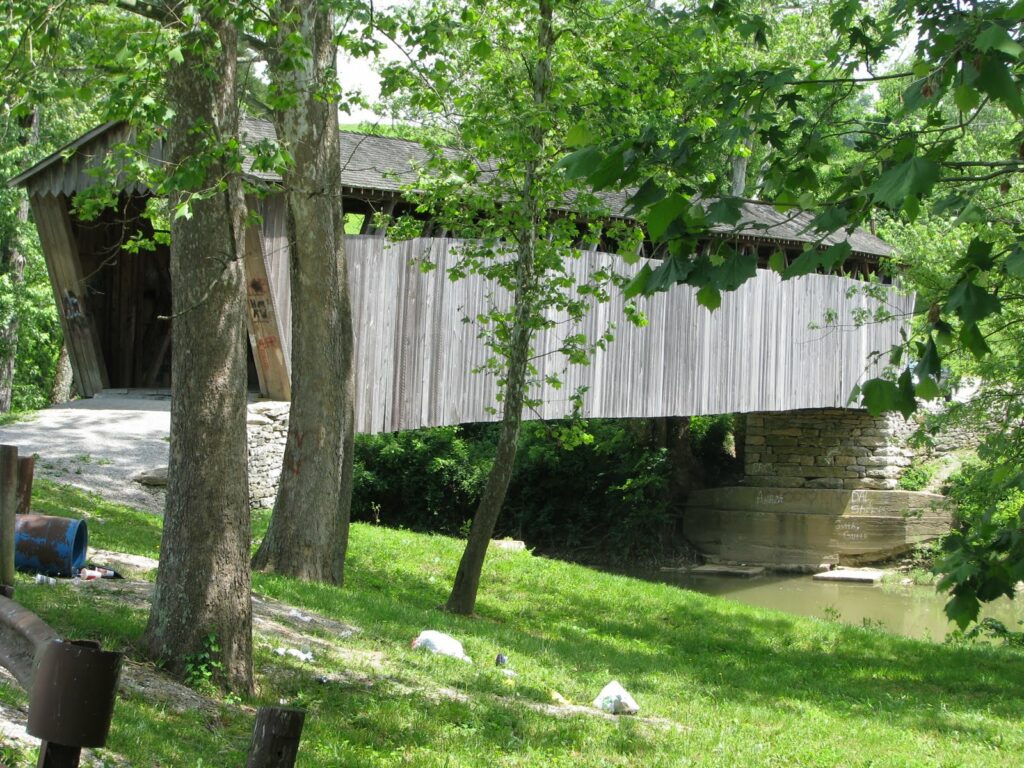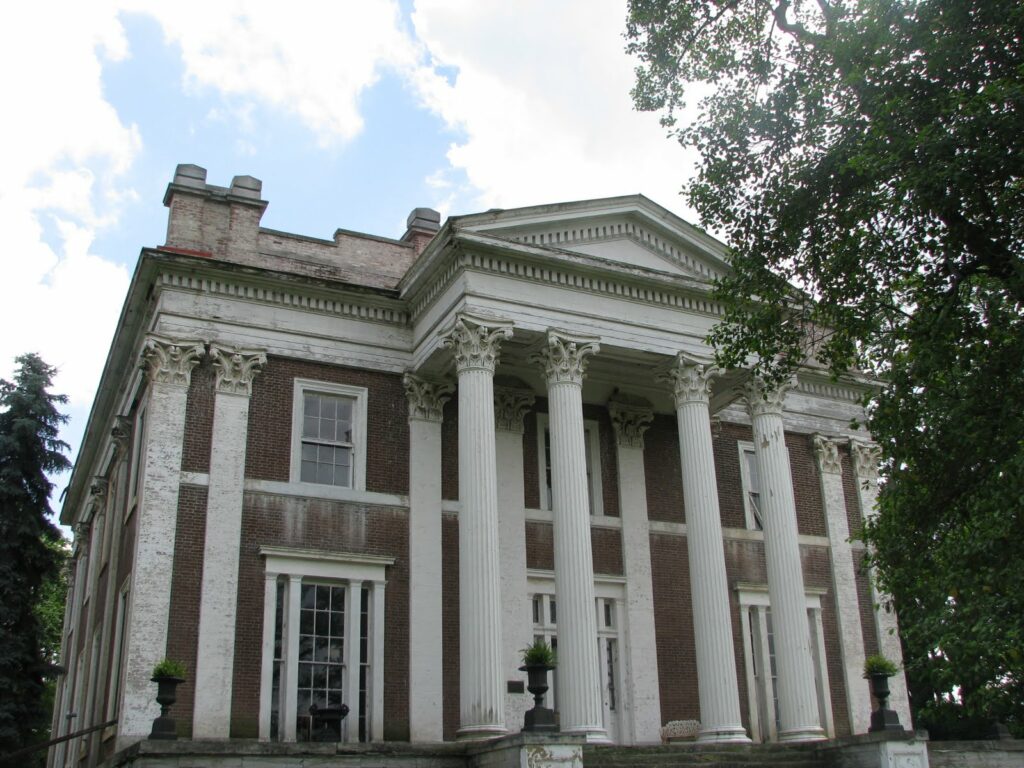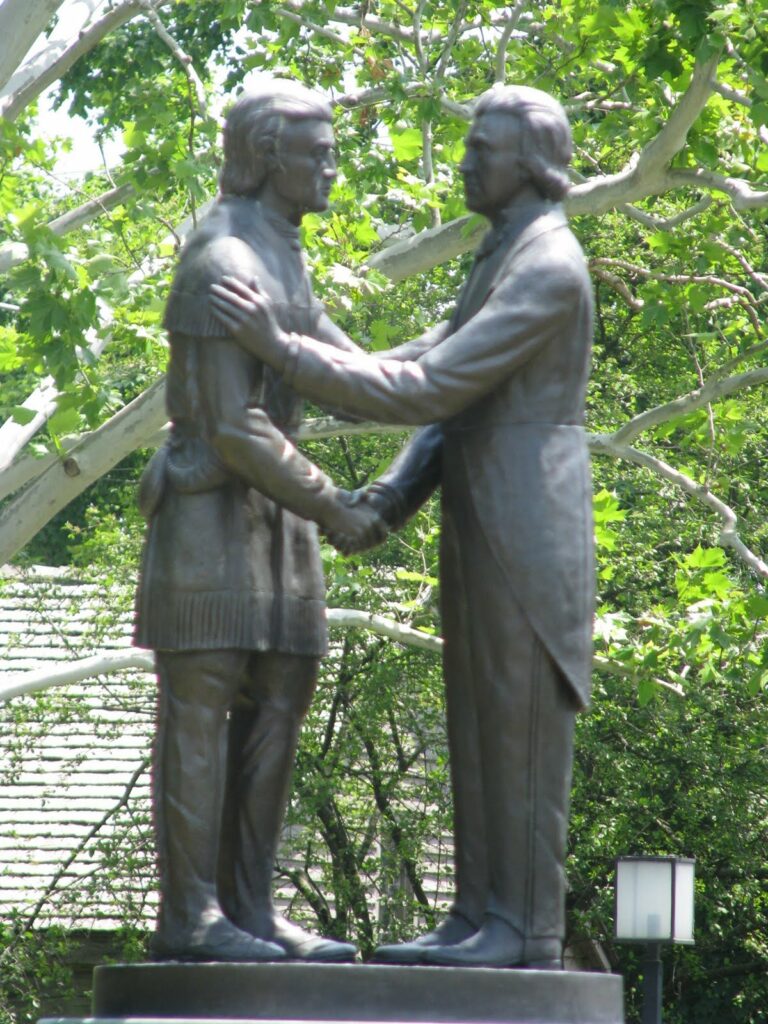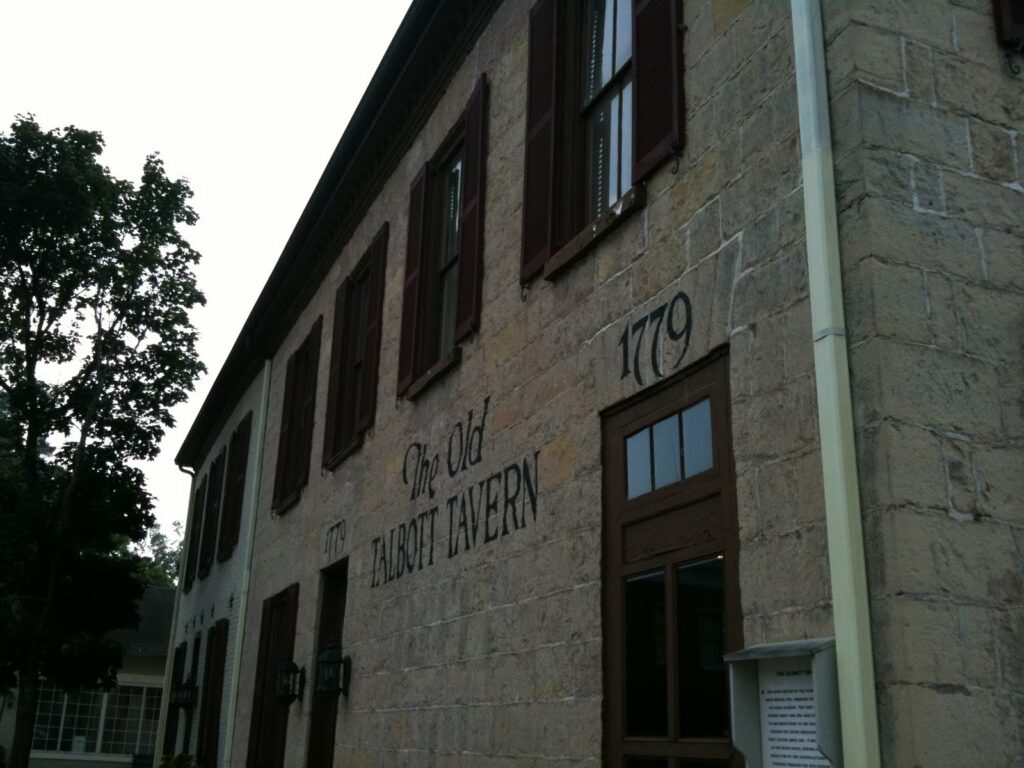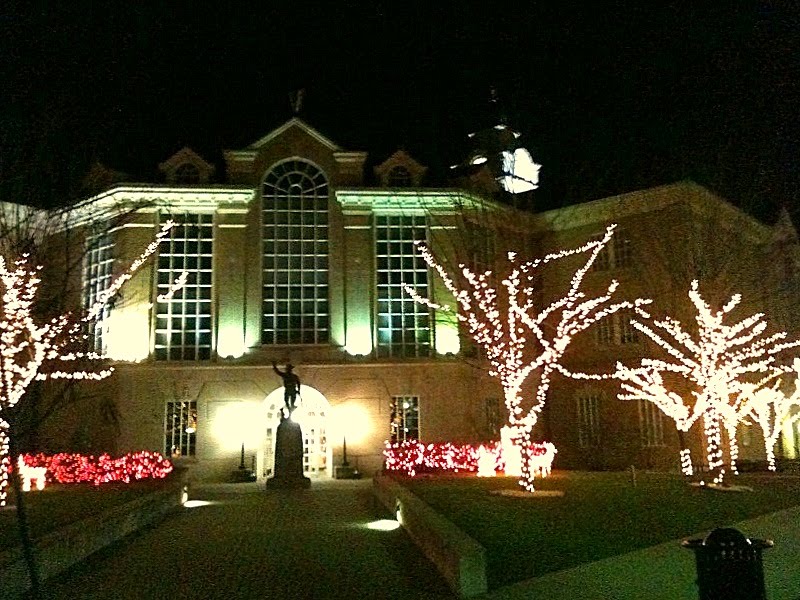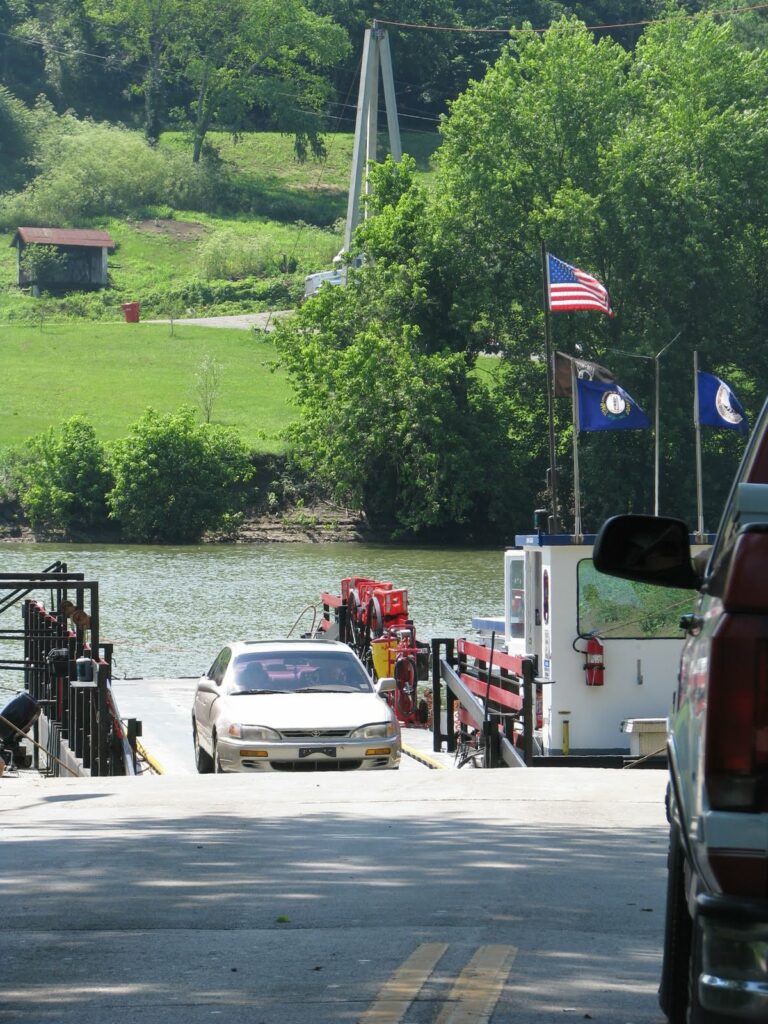 Fjording the Kentucky River at the point where Fayette, Jessamine and Madison counties meet is the John Craig. This boat has provided a motor for the Valley View Ferry since 1996, but the ferry is much older. In fact, the Commonwealth of Virginia in 1785 issued John Craig (a Revolutionary War veteran) the “perpetual and irrevocable” charter to operate the ferry at the site.
Fjording the Kentucky River at the point where Fayette, Jessamine and Madison counties meet is the John Craig. This boat has provided a motor for the Valley View Ferry since 1996, but the ferry is much older. In fact, the Commonwealth of Virginia in 1785 issued John Craig (a Revolutionary War veteran) the “perpetual and irrevocable” charter to operate the ferry at the site.
Since that time, a ferry has operated at Valley View and it is the longest, continuously operating business in the Commonwealth. For more than 200 years, the franchise for the privately-owned ferry was transferred between seven families. In 1991, it was purchased for $60,000 by the three counties who have since operated the ferry toll-free.
The barge adjoining the John Craig was replaced in 2000 and can now ferry three vehicles across the river at once (before the upgrade, only two could cross at the same time). About 250 vehicles cross the Kentucky River each day aboard the Valley View Ferry.
Flying above the John Craig are four flags: the American flag, the Kentucky flag, the Virginia flag and the POW-MIA flag. The Virginia flag flies as a tribute to the colony which first provided Cpt. Craig his franchise.
I always find it fun to ride the ferry, though my wife has a clear preference against it. Though, I guess the same could be said about all of my No Destinations.

